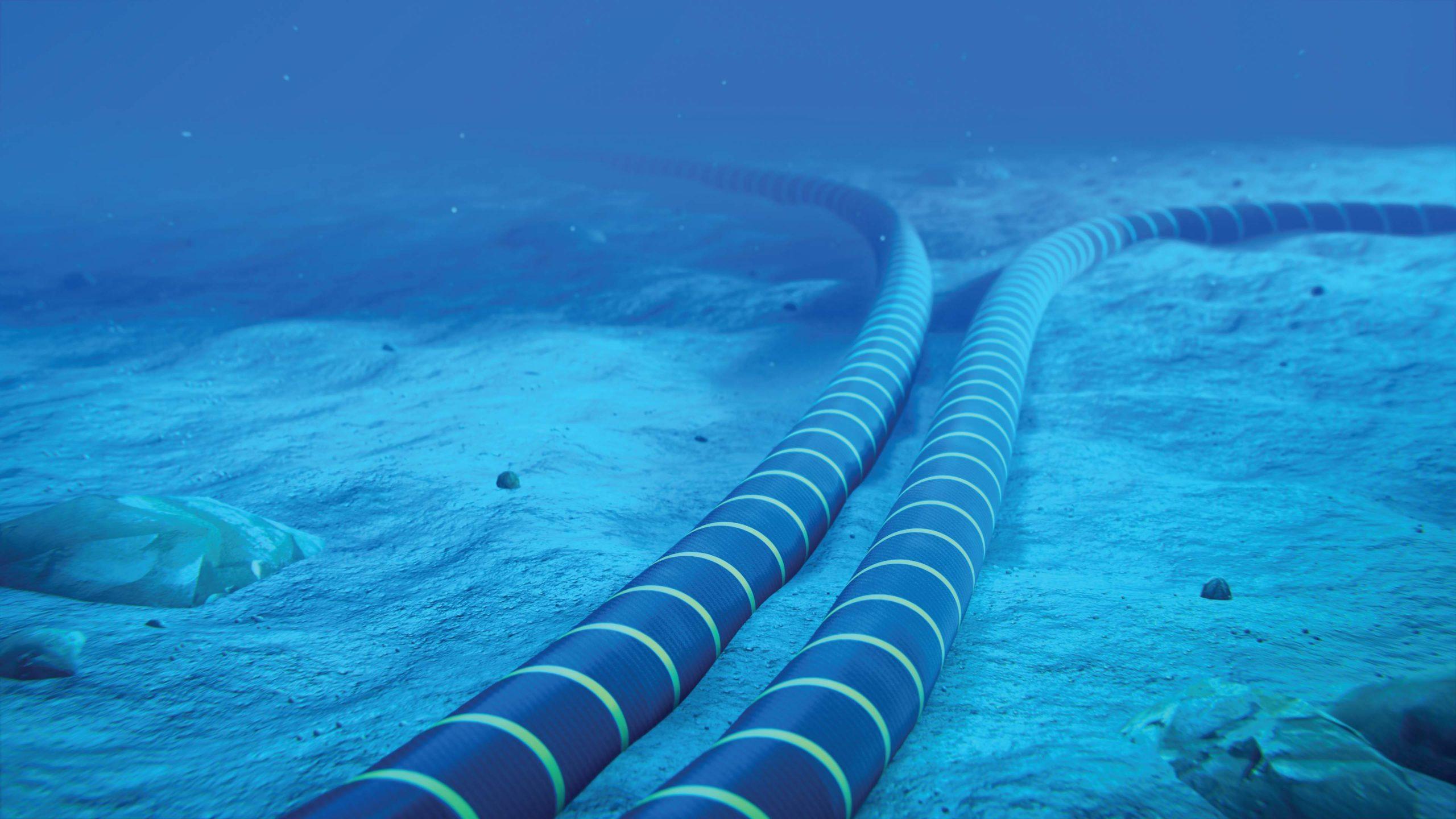From India to Europe via the Middle East Revolutionising trade?
In 2023, the member countries of G20 unveiled their plans to establish a new permanent trade route linking India to the Middle East in an attempt to boost interregional cooperation. This ambitious project, known as the India-Middle East-Europe Economic Corridor (IMEC), is not just a trade route, but a potential game-changer in global trade dynamics.
As such, Saudi Arabia, the European Union, India, the United Arab Emirates (UAE), France, Germany, Italy, and the United States all signed a Memorandum of Understanding, committing to work together to advance the project. Supported by the United States (US) and the European Union (EU), the IMEC is an alternative to the China-led Belt and Road Initiative (BRI). Therefore, it is safe to note that the IMEC is aimed at limiting BRI's influence in the region, potentially reshaping the global trade landscape.

However, China already has considerable influence along the proposed route of IMEC. An important link in IMEC is the Greek port of Piraeus—the largest port in Eastern Europe—which will receive cargo coming from the Haifa port in Israel. The Chinese shipping company Cosco has been the majority stakeholder in the port since 2016 when the Greek government sold the company two-thirds stakes. So far, the Greek government appears to be satisfied with Cosco's performance at Greece's main port.
However, the prospects of the IMEC may be overshadowed by the current turmoil in the Middle East, namely the Israel-Hamas war and tensions with the pro-Iranian proxy groups in the Red Sea. With war raging in the Middle East, the prospect of normalization between Saudi Arabia and Israel has dimmed, taking hopes for the corridor along with it. This prompted scepticism that the corridor could ever fulfill its grand ambitions.
However, the IMEC is not without its challenges. Some technical issues, such as the long transportation time of around 60 days, pose serious hurdles. Yet, the potential impact of the IMEC on the global economy has generated much interest and scrutiny; the signatories contribute almost half the global GDP and make up 40% of the world's population. Additionally, the corridor will connect Asia to Europe without going through the Suez Canal. The Suez Canal, which has been used for more than a hundred years for this connectivity, is fraught with pitfalls. These challenges underscore the complexity and significance of the IMEC project.

Apart from facilitating the transport of goods, the IMEC aims to also foster global digital connectivity through a channel of undersea data cables that would link Europe to Asia and reduce the present Chinese dominance over these cables. In addition to submarine cables, India plans to incorporate clean hydrogen pipelines into the corridor. There is a strong belief that clean hydrogen could be the most effective long-term alternative to fossil fuels, and the Indian government has already allocated $2.5 billion to promote the country’s emergence as a green hydrogen hub.
At the same time, IMEC strongly ties in with US attempts to establish a closer political, economic, and security relationship with India, building on the Quadrilateral Security Dialogue with Japan and Australia. Hence, the successful implementation of the IMEC would be a valuable asset for the West, allowing it to showcase its ability to implement concrete infrastructure projects linking one continent to another. Indeed, the EU is willing to participate in similar transit projects to be able to use alternative trade routes in the aftermath of the Russo-Ukraine war in 2022.
Such a policy aims to deepen Russia's isolationism from regional and global infrastructure projects. Although the effectiveness of this strategy is arguable, the collective West is keen to explore new routes and markets by establishing multimodal connections. In addition, partnering with India and the Middle East could strengthen Europe’s relations with other nations in the Global South, providing newer markets to venture into and expand into.
Despite these challenges, the IMEC holds immense potential. It was initially conceptualized as India's foothold in the Middle East and emblematic of its growing ambitions as a power broker globally. The IMEC, if successfully implemented, could foster economic integration between India, the Middle East, and Europe, opening up new avenues for trade and cooperation. This potential for economic integration and the resulting benefits make the IMEC a project worth watching and supporting.








